The Mojave Desert is rich and varied in its history. Its past teaches us how occurrences that happened in a place help us to understand connections between people, places, and larger historical trends. The distinctive lands, settings, and natural resources of the Mojave influenced the way people lived there and generated narratives that are still linked to this place.
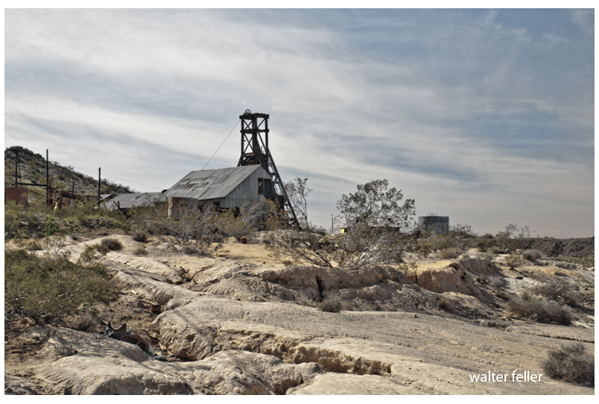
https://mojavedesert.net/history/regional/
Local History and Family Background in the Mojave Desert Local history and family history are frequently intertwined in the Mojave Desert. The communities that were settled here early, from mining boomtowns to railroad towns, were frequently documented by the families of the first people who came here, pioneers, prospectors, ranchers, and homesteaders. These histories preserve knowledge about the first settlers, their failures and successes at carving out a life in a brutal landscape. They also depict segments of the lives of Native American people, such as the Mojave, Chemehuevi, and Serrano Indians, who inhabited the region many years before the European settlers arrived.
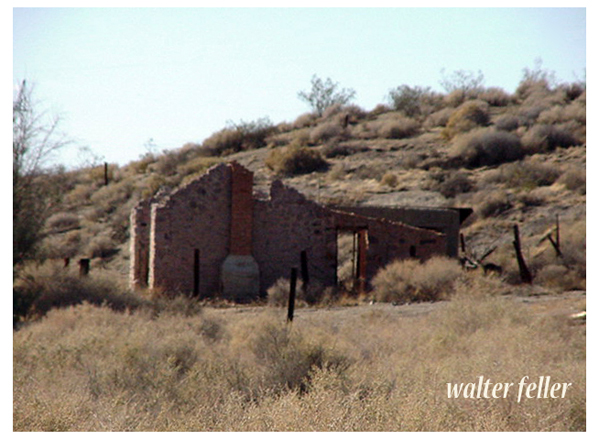
These histories are a goldmine for genealogists. They provide in-depth information about the families who resided and worked in the Mojave and the economic and social circumstances they encountered. Church records, school rolls, and local newspapers show how families expanded, businesses flourished or collapsed, and communities changed.
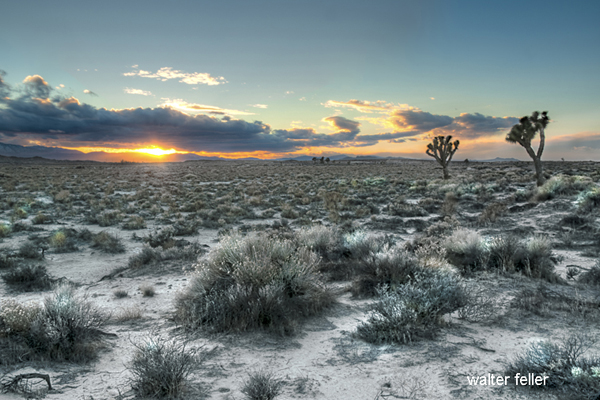
Local History Beyond Genealogy
The local histories of the Mojave have much more than dates and names; they paint a distinct picture of desert life: Food and Cooking Habits: The early residents adapted their cuisine to the harsh desert environment, making use of indigenous plants such as mesquite and yucca, animals, and crops resistant to drought. These habits depict the resourcefulness and skills of the individuals living there.
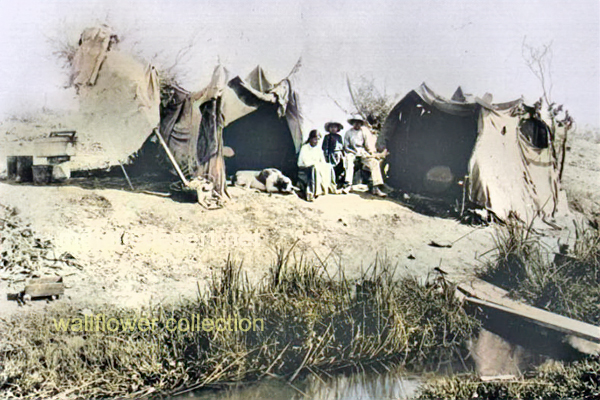
Mining and Economic Development:
Mojave’s history is directly related to mining. It began with the 1800s gold rush and continued with borax mining. Rhyolite, Calico, and Boron towns came and went depending on the success of their mines, leaving behind ghost towns and abandoned industrial infrastructure. Transportation and Railroads: The Mojave was also significant in the development of railroads and highways for transportation, being a point where individuals traveling west intersected. The Southern Pacific, Santa Fe, and Union Pacific railroads revolutionized the desert landscape and linked its cities to the economy. Cultural Arts and Traditions: The desert’s remoteness spawned distinctive art forms, including music and legends of Native American tribes and creations of modern artists inspired by the Mojave’s minimalist beauty.
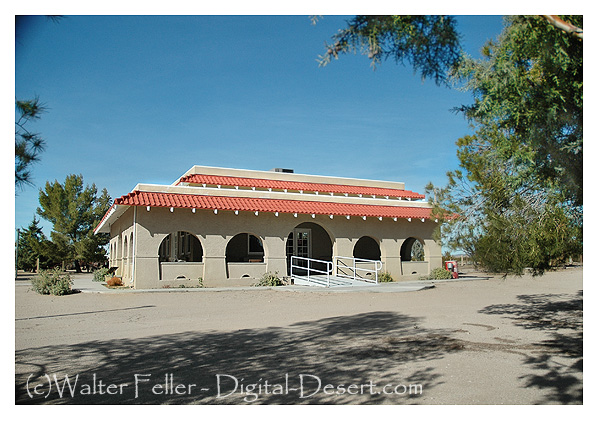
Joshua Tree has emerged as a cultural center for musicians and artists. Consequences of National Events: National events impacted the Mojave in different ways through wars, economic recessions, and periods of national expansion. World War II, for instance, resulted in the creation of military bases in the region, such as the Marine Corps Air Ground Combat Center in Twentynine Palms, that reshaped local populations and economies.
Broader Consequences of Local Political Culture
The Mojave’s local histories show how its political culture shaped wider trends. Such issues as land use, water rights, and conservation in the Mojave Desert are good lessons about how far local decisions can have huge implications. The fight over resources such as the Colorado River and controversy over public lands show why one should study local conditions in relation to national and international issues.
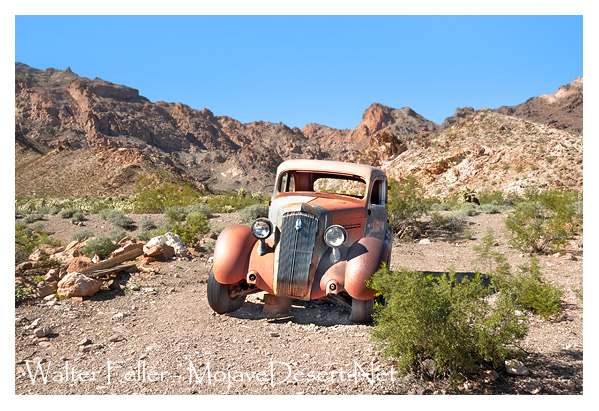
Briefly stated, local and regional histories of the Mojave Desert are more than a collection of ancient myths; they are a window into the diverse forces-geographic, economic, cultural, and political-that have shaped this legendary place. Through the lens of local history, we can see how seemingly remote desert places are connected to larger patterns of human history and experience.
Summary
The Mojave Desert’s local history offers insights into its unique culture, economy, and environment. It intertwines genealogy with stories of settlers, miners, and Native American communities. Local accounts highlight foodways, mining, railroads, and artistic traditions shaped by the desert’s geography. Broader events, like wars and economic shifts, impacted the region in distinctive ways. Political battles over water and land use reveal its national significance. These histories illuminate the Mojave’s enduring connection to human resilience and adaptation.